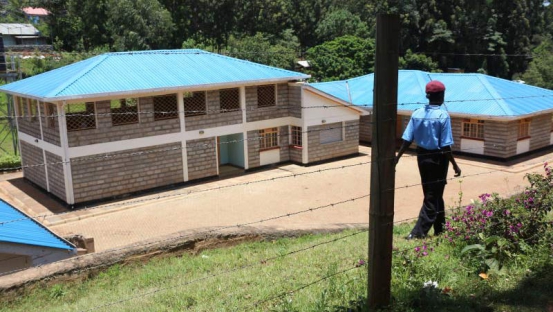×
The Standard e-Paper
Kenya’s Boldest Voice

The Government sunk injected millions of shillings in an ambitious project to get the residents of Central Kenya to eat fish.
At the centre of the project is a Sh61 million fish processing factory that is now lying idle because there is little to process.